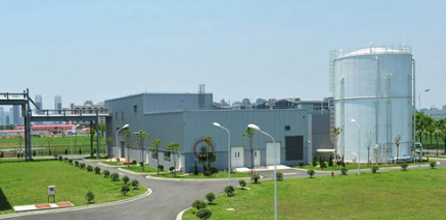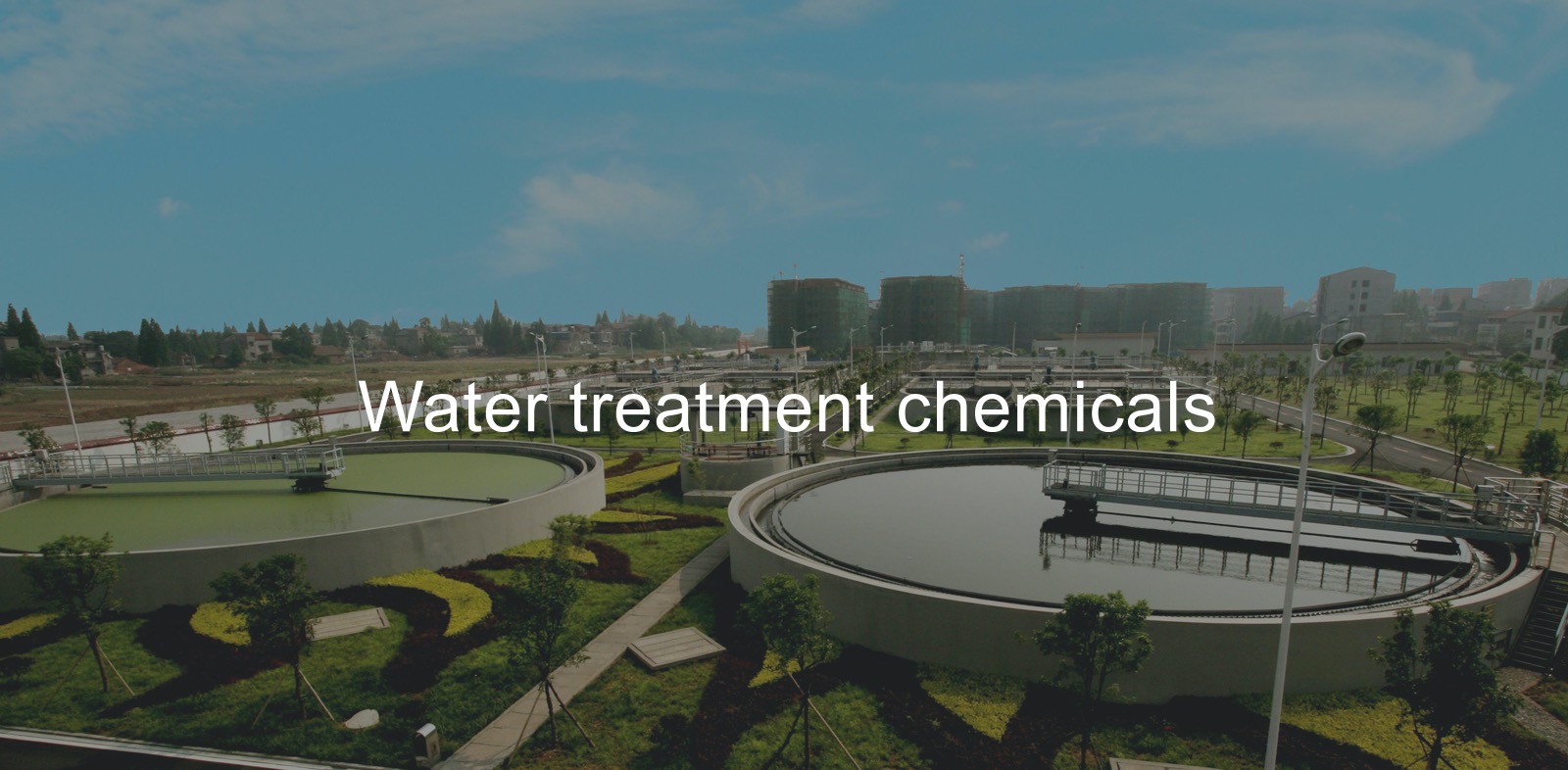Question: How to choose the suitable polyaluminium chloride in the water treatment process?
Answer:
Here are some guidelines on how to choose the suitable poly aluminum chloride (PAC) in the water treatment process:
Understand Your Water Treatment Requirements
Clearly define the specific goals of your water treatment, such as removing certain impurities, contaminants, or substances. For example, if you aim to remove heavy metals, you may need a PAC with better adsorption and chelation capabilities.
Assess the Water Characteristics
Examine the water's pH levels, temperature, turbidity, and the nature of impurities. PAC formulations perform optimally under specific water conditions. For instance, in water with a pH of 6.5-7.5, PAC can hydrolyze better to form effective flocs.
Determine Coagulation and Flocculation Requirements
Decide whether your process requires a PAC with coagulant properties, flocculant properties, or both. Coagulants destabilize particles, while flocculants help form larger flocs for easier sedimentation and filtration.
Consider PAC Formulation Types
PAC comes in liquid, powder, or granular forms. The choice depends on handling ease, dosing requirements, and the specific demands of your water treatment system. For example, liquid PAC is easier to dose accurately in some automated systems, while powder PAC may be more convenient for small-scale or manual dosing.
Evaluate Aluminum Content and Basicity
The aluminum content influences coagulation performance, and basicity affects the pH stability of the solution. In general, for high-turbidity water, a PAC with a higher aluminum content and appropriate basicity may be more effective.
Ensure Compliance with Regulatory Standards
Verify that the selected PAC product complies with local and international regulatory standards for water treatment chemicals, especially when used for drinking water treatment.
Determine Dosage and Application Method
Conduct tests to find the optimal dosage of PAC for your water treatment process. Also, consider the application method, whether it's through direct dosing, dilution, or in combination with other chemicals.
Check Supplier Reputation and Support
Choose a reputable supplier with a history of providing high-quality PAC products. Consider their reputation, technical support, and the availability of product specifications and safety data sheets.
Conduct Pilot Testing if Possible
Before full-scale implementation, conduct pilot testing with small-scale applications to assess the performance of the selected PAC product under real-world conditions.
Implement Regular Monitoring and Adjustments
Set up a monitoring program to assess the ongoing performance of the selected PAC. Regularly analyze treated water and make adjustments to dosage or formulation as needed based on monitoring results.
 Question: How to choose the su
Question: How to choose the su
 Question: What is the role of
Question: What is the role of
 Question: what is the role of
Question: what is the role of



